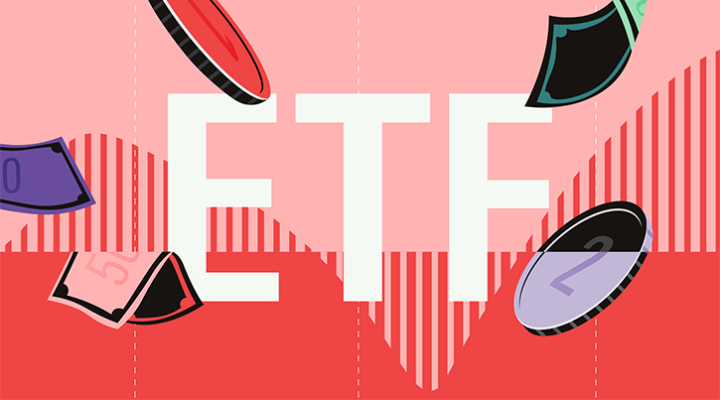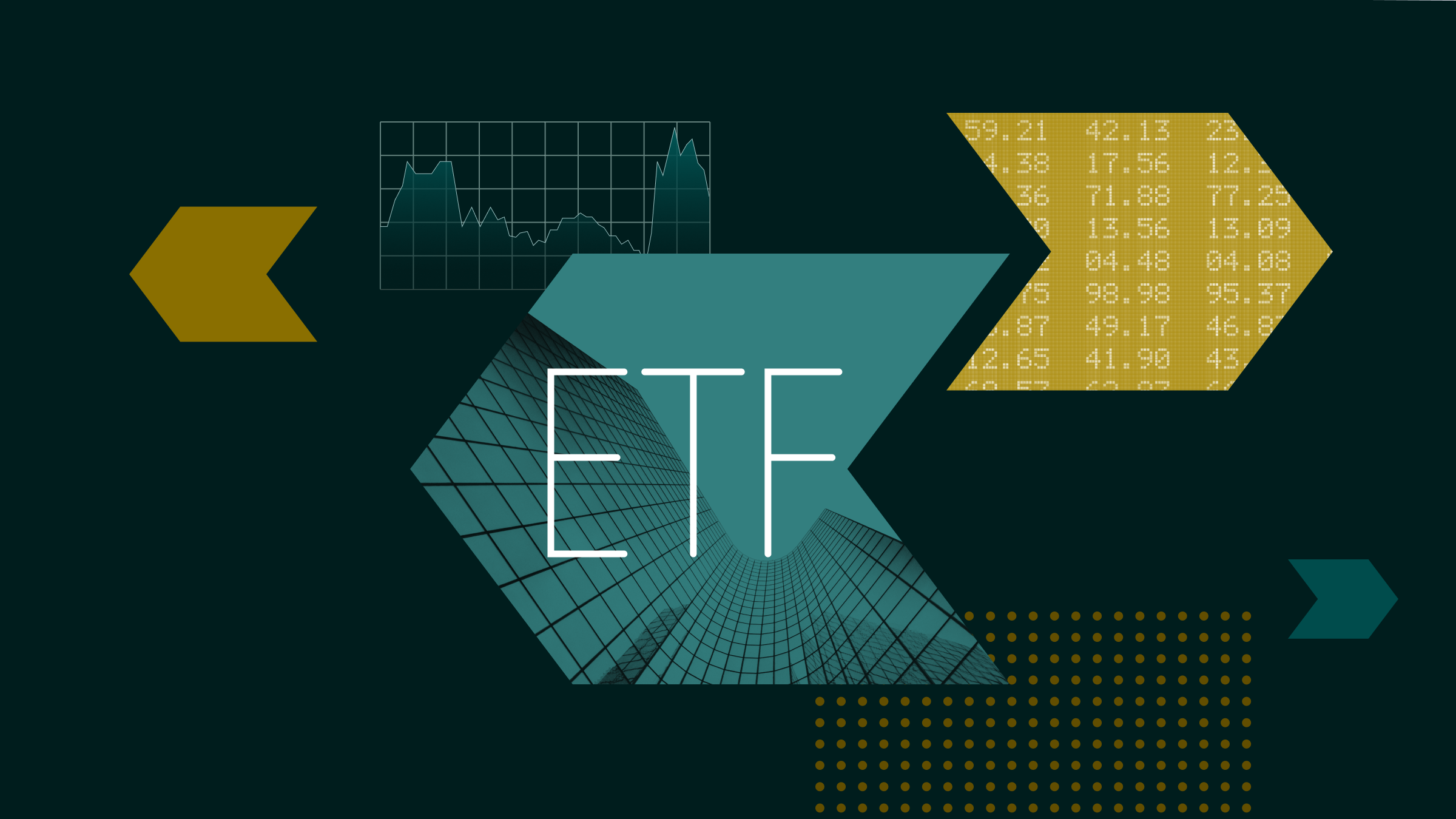Manager Giles Worthington combines a top-down thematic approach with bottom-up stock analysis. He hunts for companies that might benefit from big-picture ideas such as restructuring within Europe; Eastern European growth; and industry consolidation. Within these themes, he culls from firms that have factors that should lead to sustainable growth, such as strong cash generation; able management; and high barriers to entry. For instance, he owned about a 2.4% stake in OPAP (the Hellenic Organisation of Football Prognostics - a stake that he has since sold), for its good cash flow, dominant positioning
within the market, and its growth prospects as the firm broadens its game offerings and increase the number of electronic terminals throughout Greece.
This willingness to go off the beaten path, combined with a focus on fundamentals, has appeal. If executed well, it has much more potential to produce meaningful outperformance than a more benchmark-aware style. Indeed, under this strategy, the fund has done very well in its IMA Europe including UK sector, ranking 6th of 17 funds over the past year and 2nd of 15 funds over the three years ended 30 June 2007. And, whilst it looks mediocre compared to peers in its Morningstar Europe Mid-Cap Equity category, when compared against funds with similar degrees of large-cap and mid-cap exposure, it’s actually done quite well, suggesting that Worthington is adding value beyond the fund’s market-cap bias.
That said, some aspects of the fund concern us. First, his style appears geared to finding companies with sustainable growth prospects, but the fund’s turnover hasn’t reflected that. Its portfolio turnover rate (PTR) clocked in at 133% as of February 2007 (the most recent figure available). That may be in part a function of the rapid appreciation of mid-caps in recent years, but it’s worth keeping an eye on. Second, European mid-caps have had a strong run throughout Worthington’s tenure, and appear richly valued relative to large caps at this point. They have also benefited from a high level of takeover activity, which could dry up if the current credit crisis widens. In short, given the fund’s heavy bias to mid caps, it may not be an ideal time to buy it.
We’re encouraged by what we’ve seen of Worthington thus far, but it’s difficult to give the fund a full recommendation without seeing how it behaves under different market conditions. In any case, we think investors should carefully consider the risks inherent in the mid-cap area before buying at this juncture.

























